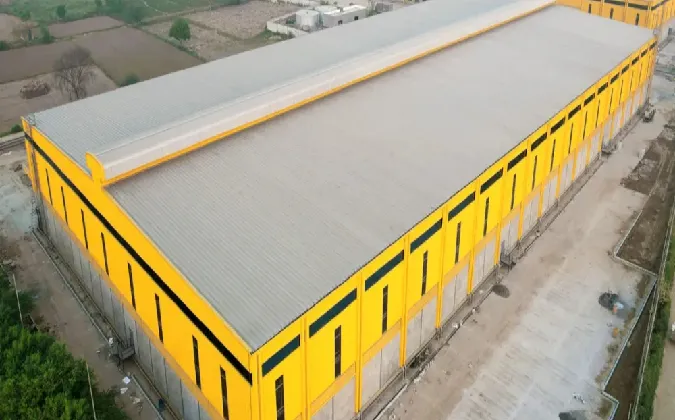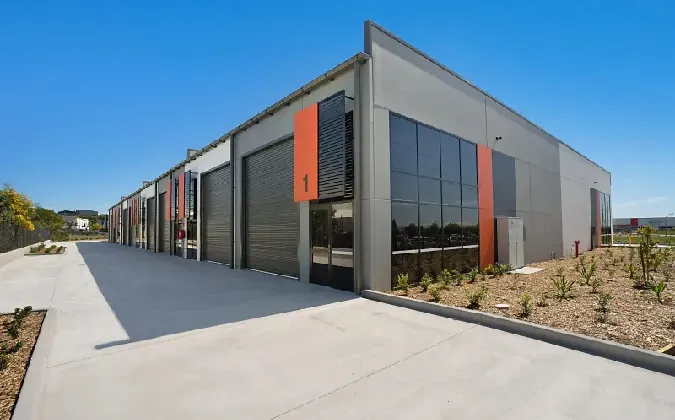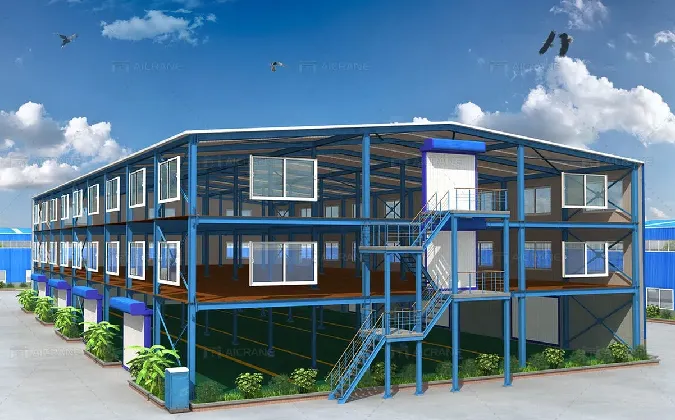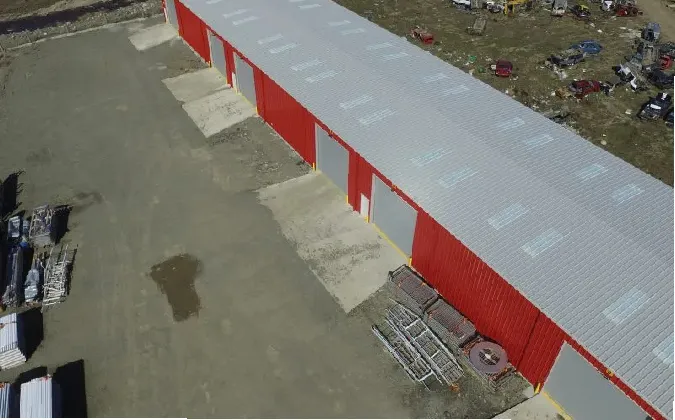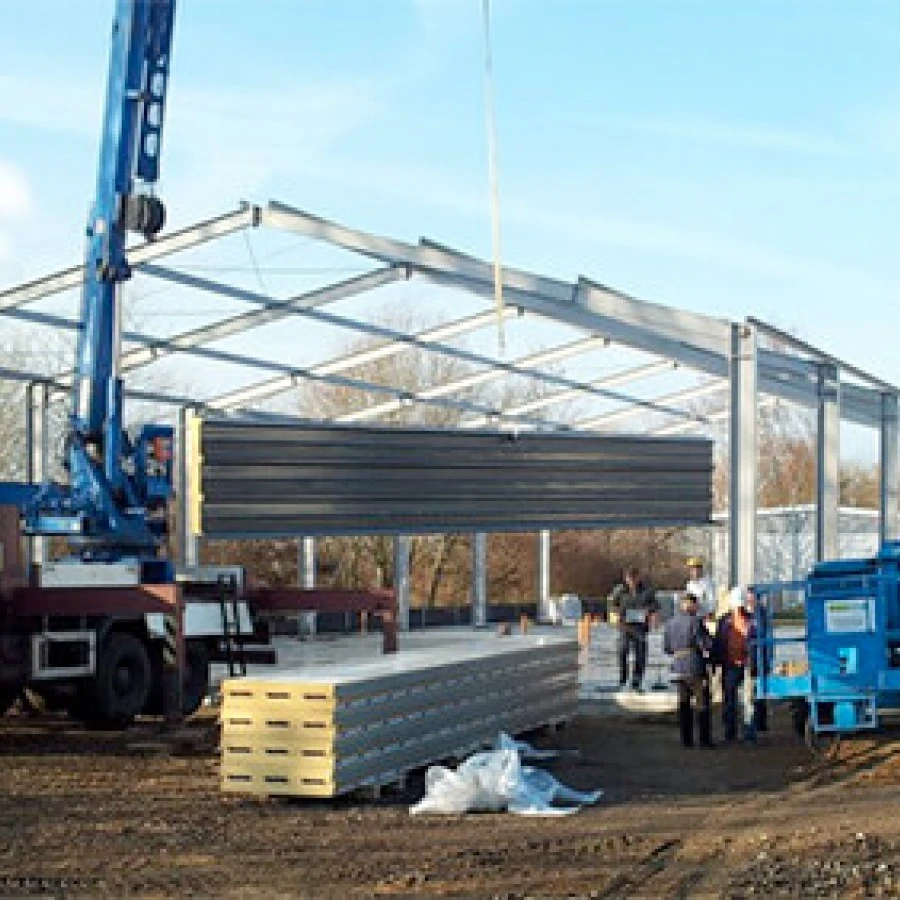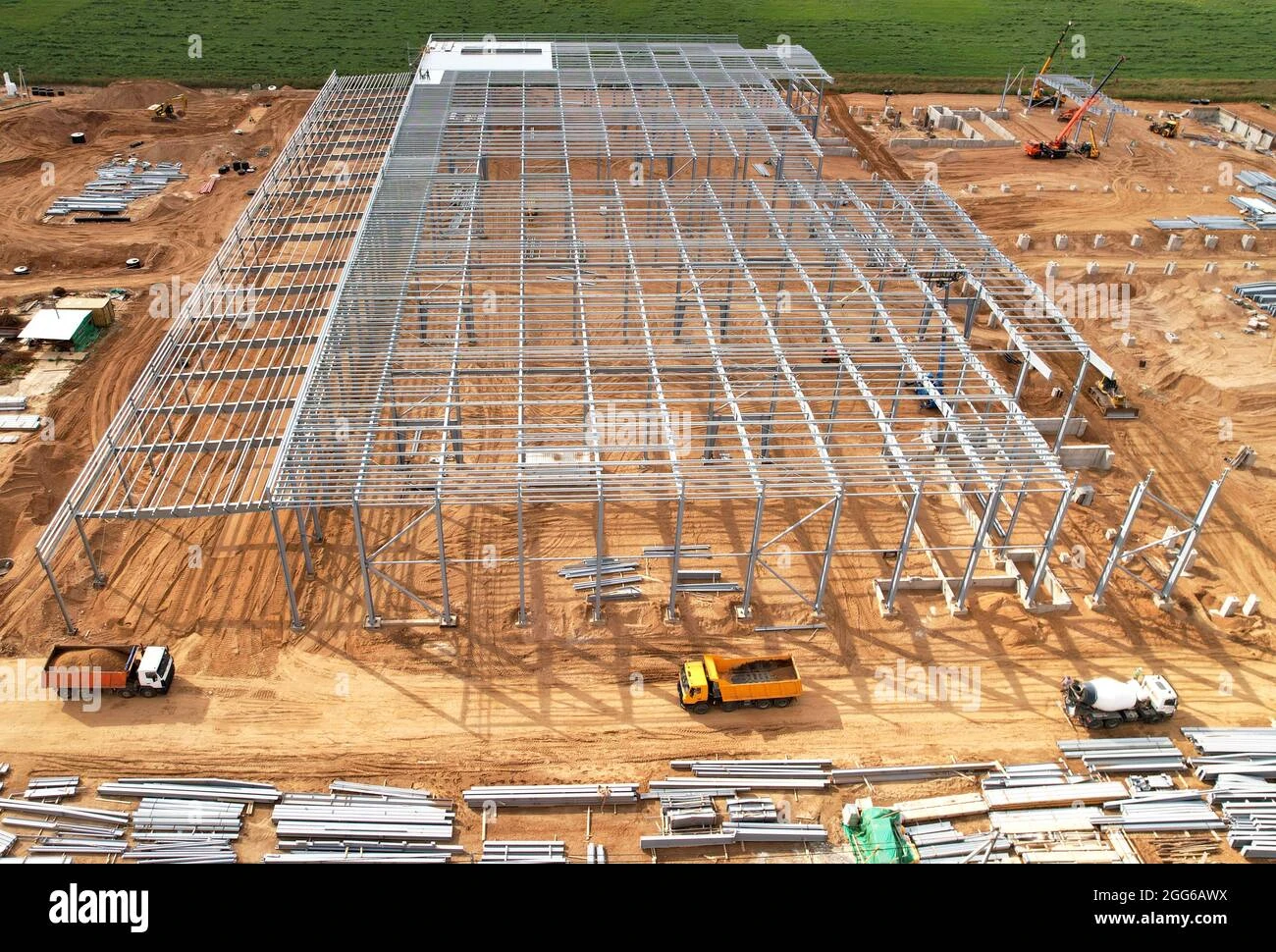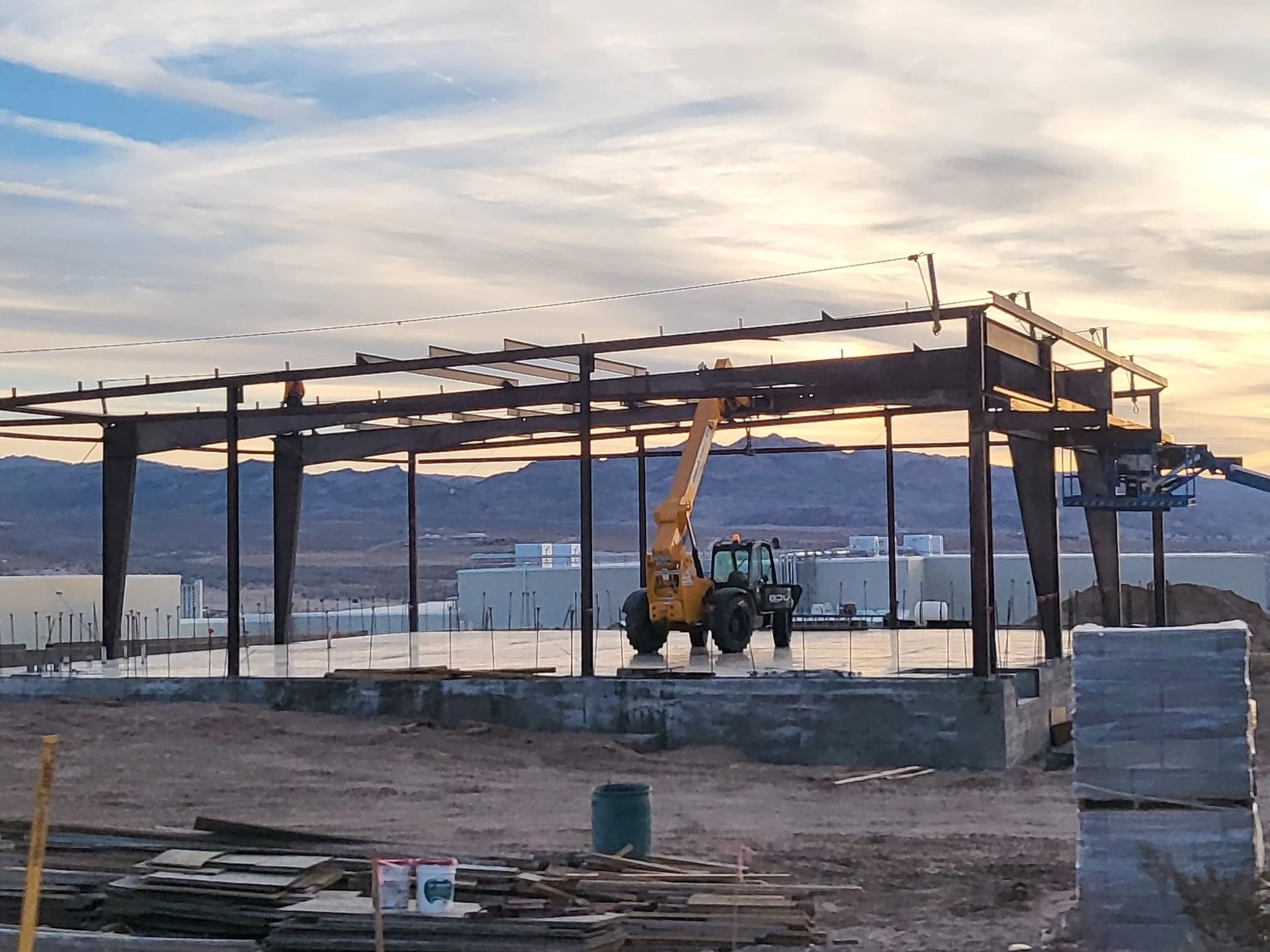- Afrikaans
- Albanian
- Amharic
- Arabic
- Armenian
- Azerbaijani
- Basque
- Belarusian
- Bengali
- Bosnian
- Bulgarian
- Catalan
- Cebuano
- Corsican
- Croatian
- Czech
- Danish
- Dutch
- English
- Esperanto
- Estonian
- Finnish
- French
- Frisian
- Galician
- Georgian
- German
- Greek
- Gujarati
- Haitian Creole
- hausa
- hawaiian
- Hebrew
- Hindi
- Miao
- Hungarian
- Icelandic
- igbo
- Indonesian
- irish
- Italian
- Japanese
- Javanese
- Kannada
- kazakh
- Khmer
- Rwandese
- Korean
- Kurdish
- Kyrgyz
- Lao
- Latin
- Latvian
- Lithuanian
- Luxembourgish
- Macedonian
- Malgashi
- Malay
- Malayalam
- Maltese
- Maori
- Marathi
- Mongolian
- Myanmar
- Nepali
- Norwegian
- Norwegian
- Occitan
- Pashto
- Persian
- Polish
- Portuguese
- Punjabi
- Romanian
- Russian
- Samoan
- Scottish Gaelic
- Serbian
- Sesotho
- Shona
- Sindhi
- Sinhala
- Slovak
- Slovenian
- Somali
- Spanish
- Sundanese
- Swahili
- Swedish
- Tagalog
- Tajik
- Tamil
- Tatar
- Telugu
- Thai
- Turkish
- Turkmen
- Ukrainian
- Urdu
- Uighur
- Uzbek
- Vietnamese
- Welsh
- Bantu
- Yiddish
- Yoruba
- Zulu
Sep . 06, 2024 16:06 Back to list
The Essentials of Industrial Shed Design
Industrial sheds play a crucial role in various manufacturing and storage operations. As businesses seek to optimize their space and improve operational efficiency, the design of industrial sheds has become increasingly important. This article explores the key elements that define effective industrial shed design.
First and foremost, the function of the shed must be identified. Industrial sheds can serve diverse purposes, from warehousing and manufacturing to workshops for assembly and even storage for raw materials. Understanding the primary use will dictate crucial design elements like layout, height, and loading capacities. For example, a warehouse may require high ceilings to accommodate stacking of goods and equipment, whereas a manufacturing shed might need open spaces for machinery and workflow.
Next, considerations for structural materials are vital. Steel and reinforced concrete are commonly used due to their durability and strength. Steel structures can offer significant benefits, such as reduced construction time and flexibility for future expansions. Sustainability considerations also play an essential role in modern industrial shed designs. Utilizing energy-efficient materials and incorporating techniques like natural ventilation and insulation can significantly reduce long-term operational costs.
The design layout must facilitate efficiency and productivity. A well-organized shed allows for streamlined operations, where materials flow smoothly from one process to another. Implementing an effective storage system is crucial; high-density shelving and pallet racking systems can maximize the available space. Furthermore, accounting for easy access and transport routes within the shed will help reduce downtime and improve safety.
industrial shed design
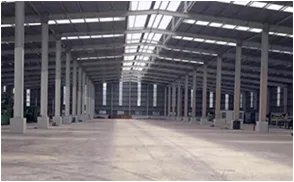
Lighting and ventilation are often overlooked aspects of industrial shed design. Proper natural light not only elevates morale among workers but also reduces energy costs. Skylights and large windows are excellent solutions to allow daylight into the workspace. Adequate ventilation maintains air quality, which is essential for a healthy working environment, especially in spaces housing machinery or chemicals.
Another key consideration is compliance with local regulations and safety standards. Industrial sheds must adhere to zoning laws, fire safety codes, and environmental regulations. Ensuring that the design incorporates safety features such as fire exits, emergency lighting, and proper waste disposal systems is crucial. This not only protects employees but also helps businesses avoid legal complications.
Additionally, technology integration is becoming increasingly important in industrial shed design. Smart sensors for inventory management, automated systems for energy conservation, and advanced security measures can significantly enhance operational efficiency. Investing in these technologies can lead to improved production rates and maintenance monitoring, making the shed a hub of innovation and productivity.
In conclusion, designing an industrial shed is a multifaceted process that requires careful consideration of functionality, materials, layout, safety, and technology. By focusing on these key elements, businesses can create effective spaces that not only meet their operational needs but also promote sustainability and employee well-being. With the right approach, industrial sheds can become an invaluable asset to any organization, driving growth and efficiency in an ever-evolving industrial landscape.
-
Navigating the World of Steel Building Services: Who to Choose?
NewsJun.23,2025
-
How Do Steel Frame and Prefab Building Factories Shape Modern Construction?
NewsJun.23,2025
-
How Do Steel and Metal Structures Shape Modern Industrial Spaces?
NewsJun.23,2025
-
How Do Prefab Buildings of Various Sizes Meet Modern Construction Needs?
NewsJun.23,2025
-
How Do Factory Buildings and Metal Structures Redefine Industrial Infrastructure?
NewsJun.23,2025
-
Exploring Key Aspects of Industrial Building Development: What You Need to Know?
NewsJun.23,2025
Products categories
Our Latest News
We have a professional design team and an excellent production and construction team.






